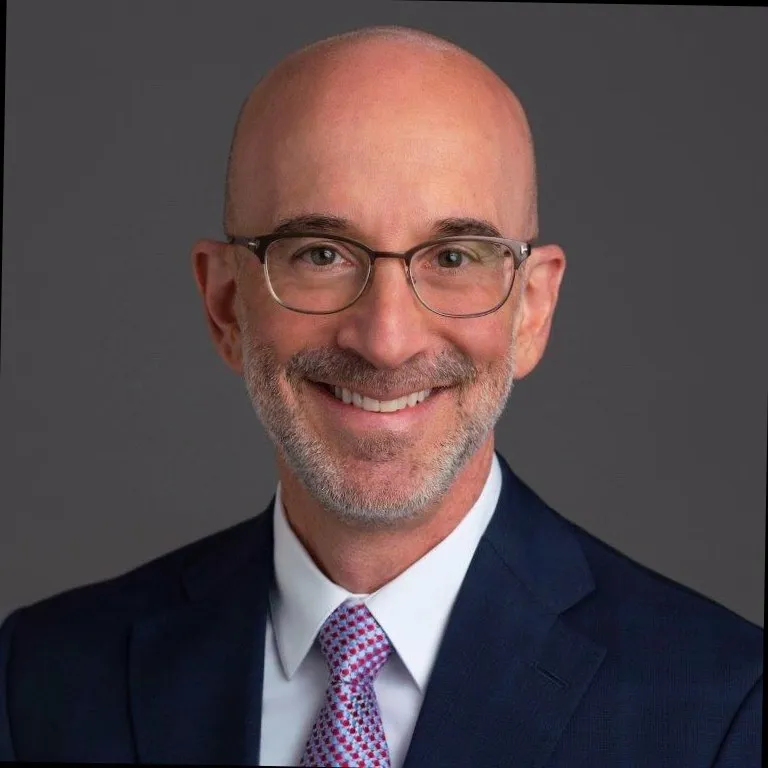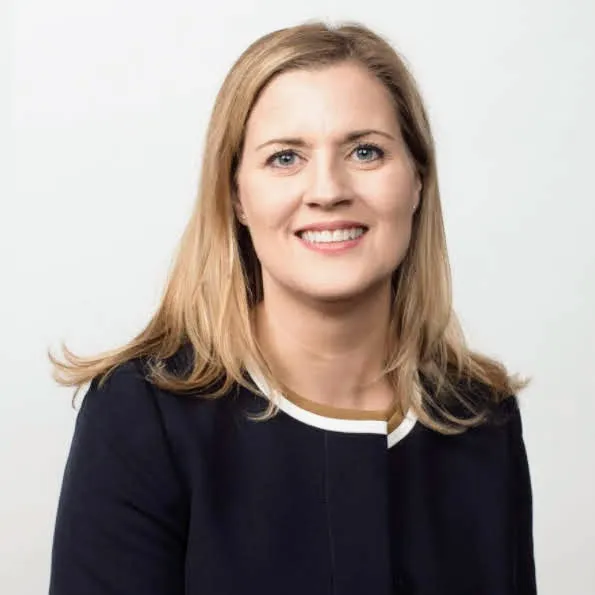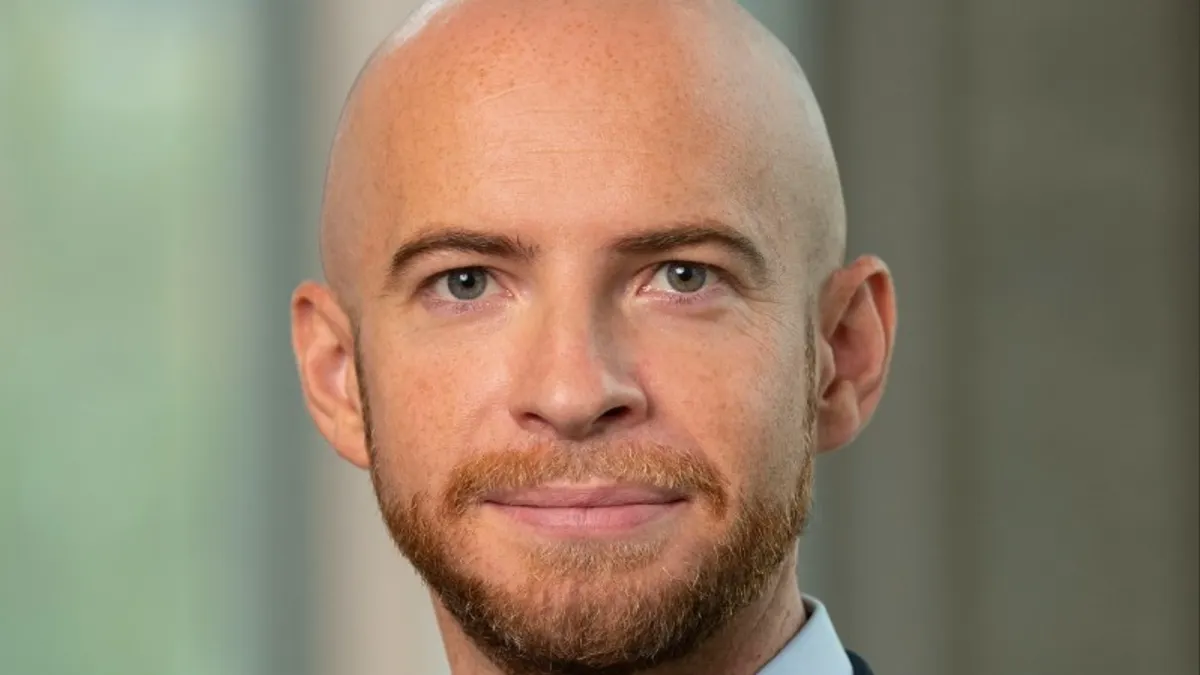If you think your company is fully patient-focused, think again. That was the message from this week’s Patients as Partners conference in Washington, D.C.
Patient centricity is one of the buzziest phrases in the life sciences, but convincing C-suite leaders to act on promises to better integrate patients in drug development decision-making remains an uphill climb, attendees at the conference said. And to pave the way toward greater patient inclusion in everything from drug discovery to commercialization, they argued that companies first need to examine their internal cultures.

“We can have all the progress and all the good results from the operational piece, but if we don't have a cultural component, it will not be sustainable,” Dr. Anthony Yanni, senior vice president and global head of patient centricity at Astellas Pharma, said. “How do we create an environment so that everyone every day can believe their work is impactful?”
He and other industry leaders laid out practical strategies for supporting patient-focused cultures. Here’s what they had to say.
Create professional development opportunities
A company’s culture starts with its employees, who have a major impact on the future direction of the organization. That’s why some companies have begun augmenting the hiring process with questions to gauge candidates’ empathy levels and motivations for entering the industry.
“In an interview, you don't ask someone ‘On a scale of one to 10 how well do you empathize?’ But you know it when you see it,” said Deborah Howe, director of global patient recruitment and engagement at Alexion Rare Disease, AstraZeneca.
Companies have also begun implementing professional development programs to help employees better understand the patient experience and integrate patient insights into their day-to-day work.
For instance, Alexion has implemented a program requiring new hires to think about decisions in a similar way to patients and caregivers. And Astellas recently launched a “Patient Centricity University,” where employees take a curriculum of courses focused on the patient experience and can earn four certifications.
Whatever the method a drug company may take, “building a team with the right people who truly believe in patient engagement and are willing to have those hard conversations” is a key piece of the puzzle, Howe said.
Increase collaboration
Silos between different divisions — especially R&D and commercialization — are another major barrier preventing companies from fully embracing a patient-centered approach, attendees said. A lack of communication between different departments working on similar patient issues can prevent insights from turning into solutions.
When Novartis’ Marc Boutin first joined the Swiss pharma in 2020 as global head of patient engagement, it was the main issue he tackled.
“The first thing I did at Novartis is (I) brought a cross-functional team (together) that focused on our vision,” he said. “And our vision is to consistently and systematically engage patients across the lifecycle of medicines.”
The cross-functional team has allowed research and commercial teams alike to simultaneously review the same patient issues and create a cohesive strategy for a drug. Novartis also fostered knowledge transfer between departments to ensure that any progress made toward increased patient engagement won’t wither as employees come and go.
"If it works for the business, it only works because it works for the patient.”

Marc Boutin
Global head of patient engagement, Novartis
For companies that might not have a leader pushing to integrate patient engagement strategies, Ashley Williams, head of trial feasibility at Daiichi Sankyo, recommended a bottom-up approach that incorporates individual networking within a company. This type of grassroots, relationship building effort where division leaders engage with colleagues in different areas can lead to a cultural shift that transforms structures over time, she said.
Integrate patient feedback early
Patients overwhelmingly expressed a desire for companies to include their feedback earlier in the drug development process to decide on endpoints and trial design — rather than later, when a trial is failing to recruit patients. Greater inclusion of patient voices at early stages can lead to better products, further cement a mission-driven approach for employees and can even lead to later business success for a drug, they argued.
Boutin put it like this: “If it works for the business, it only works because it works for the patient.”
One way to encourage this type of feedback is by establishing a patient advisory board or enlisting a group of patient consultants. These approaches also have the added benefit of bringing to light a diverse, global set of patient perspectives.
“It's a place where we can have diverse individuals from race, ethnicity, gender, sex, different types of areas people live in,” said Jen Horonjeff, CEO of the Savvy Cooperative, a patient-owned co-op that consults for healthcare companies. She warned, though, that such advisory groups should be integrated into company processes so they don’t become just another box check.
Consider diversity
Creating a culture that uplifts a diverse range of patient voices can start with embracing the diversity of employees in an organization.
“You can't say you're doing DEI and not be doing patient-focused drug development,” said Schiffon Wong, executive director of global evidence and value development at EMD Serono. “In fact, our DNI internal training references our patient-focused drug development training and they link to each other.”
The clinical research organization Parexel is putting this idea into practice by creating an employee-based patient group, the company’s chief patient officer Clare Grace said. Under the initiative, employees with patient experience are encouraged to share their stories and add it to a directory, which can be leveraged by different teams while designing trials.

“The idea is that people within our organization can come forward who are living with a health challenge,” Grace said. “We're using that first and foremost as a network organization. If I'm working on a project that might be something like diabetes, I know I can call Jane Doe. I'd have a chance to ask ‘Can you just talk to me about what this means?’ What’s it like? What's your experience with it?’”
It takes time
Attendees also stressed that these cultural shifts don’t happen overnight. For instance, it took both Astellas and Novartis more than three years to implement cultural changes across their organizations, and they’re still not complete.
“I put a lot of time and resources into trying to develop an evolution or a transformation,” Yannis said.
While the road might be long, he suggested organizations focus on the small steps that, over time, lead to big outcomes.
“We should not tolerate in our companies the language of culture if it's not associated with an action … because that is a losing proposition,” he said.

















